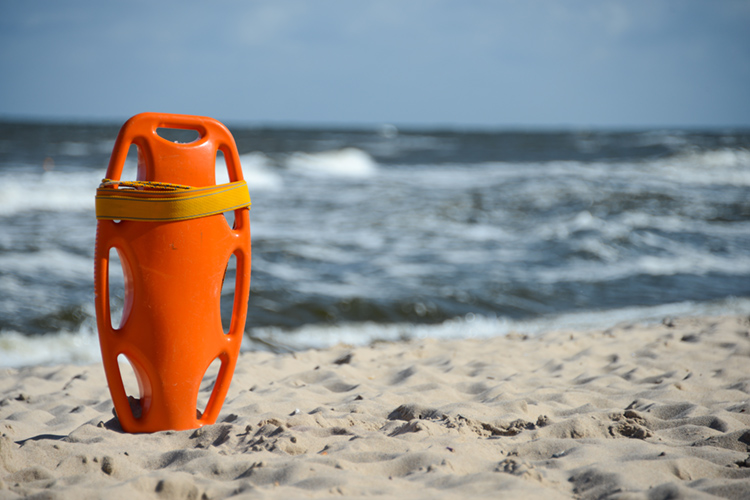Are you planning a nice beach getaway or a seaside walk? Learn how to deal with emergencies at the beach.
Whether you're surfing alone or spending time with your family and friends at the beach, memorizing a few fundamental safety tips is always important.
A beach is a joyful place where people can get a great amount of pleasure and relaxation. In fact, seawater by itself is good for our health.
However, beaches also have an alternate and dark side. There are hidden dangers that can only be avoided if you follow a few basic safety precautions.
The ocean is not a swimming pool. In a swimming pool, you're always aware of what the exact depth is, where the edges are, and the water in it is not moving and not changing.
In the ocean, everything's different, and that's exactly what makes it so much fun and enjoyable - it is constantly alive.
1. Know the Sandbars and Depth
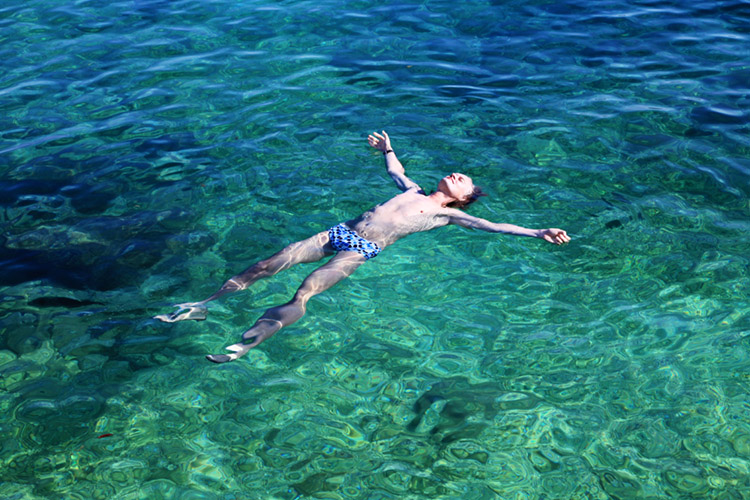
However, the depth of the ocean is uneven. In a minute, you could be walking along and be in one depth, and the next minute, you're over your head.
When you're at sea, you don't know where the sandbars are, and you can get hit by the waves quickly and dragged into a deeper area.
Because the ocean is relatively unpredictable, we must rely on our actions to protect ourselves.
2. Enjoy Lifeguard-Protected Beaches Only
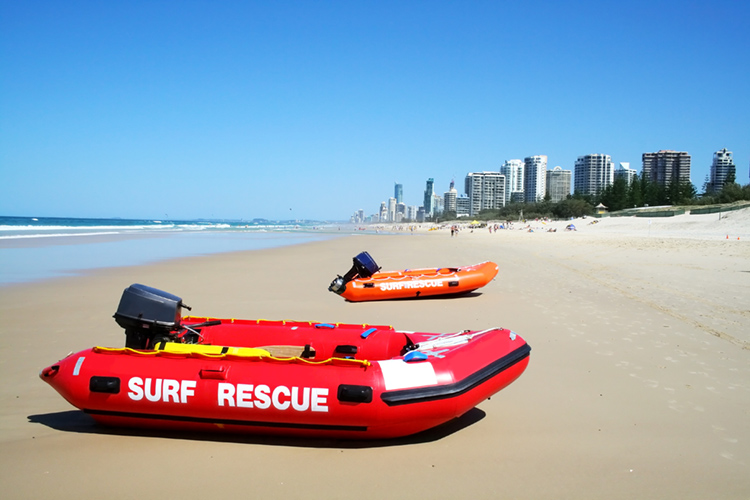
Whenever you plan a visit to the beach, alone or with your family and friends, try swimming at a spot with a lifeguard.
Officially certified lifeguards will inform you about any dangers you may not be aware of - rocky sections, offshore sandbars, dangerous marine life, etc.
Also, pay attention to the several beach flags and signs that may be available on the sand.
They provide valuable information about the place you're at - beach facilities, local dangers, etc.
3. Assess Your Swimming Ability
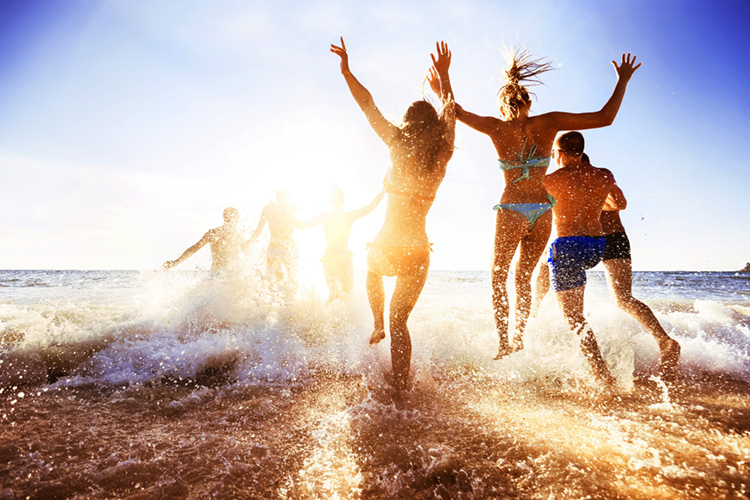
On beaches without lifeguards, extra precaution is mandatory.
Assess what level of swimming ability you and your children have, and never put them or you in dangerous situations.
If you have kids who are non-swimmers or weak swimmers, they should always be within arm's reach of somebody who can swim.
If they do something they weren't expecting to do, a parent or relative should be ready to assist them.
Checking your smartphone or reading a book is unsafe if your children are still young and restless, and it's not the lifeguard's responsibility to babysit them.
Always remember that inflatable water toys like water wings, floaties, and noodles are not safety devices because they weren't designed for that, and they're not attached to you.
So if somebody feels comfortable going in the water over their head with a noodle, if they lose the noodle, they're now in grave danger.
Are you up for a swim? Swim with a friend or relative and look out for each other - always between the red-and-yellow supervised area flags.
Never enter the water after drinking alcoholic beverages or jump off rocks into shallow waters - death by drowning and spinal injuries are unfortunately very common on the world's beaches.
4. Identify Potential Rip Currents
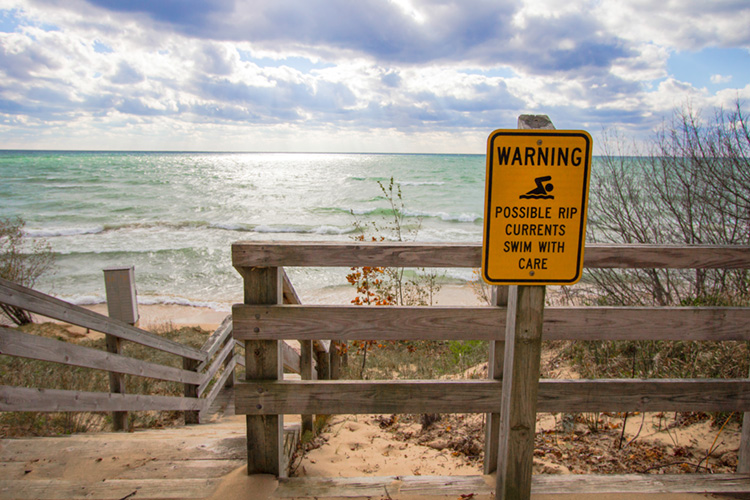
And what should you do when pulled into a rip current?
Rip currents are fast-moving, narrow streams of water that pull you away from the shore. They can occur at any beach with breaking waves.
So before going into the water, check for any suspicious-looking foamy and strangely quiet channels.
If you enter the water and feel a strong pull, get out immediately. As soon as the water reaches your chest, it'll be extremely difficult to break free.
If you've still got caught by the rip, stay calm - it won't pull you underwater - and don't exhaust yourself trying to fight the current.
In most cases, they're no wider than 30 feet. So, if you start swimming parallel to the shore, you'll manage to escape its pull.
You may also swim in the direction of the breaking waves as they mark the borders of the rip current.
As soon as you get out of the current, swim diagonally towards the shore - this way, you'll avoid getting caught in it again.
5. Pay Attention to Marine Life Threats
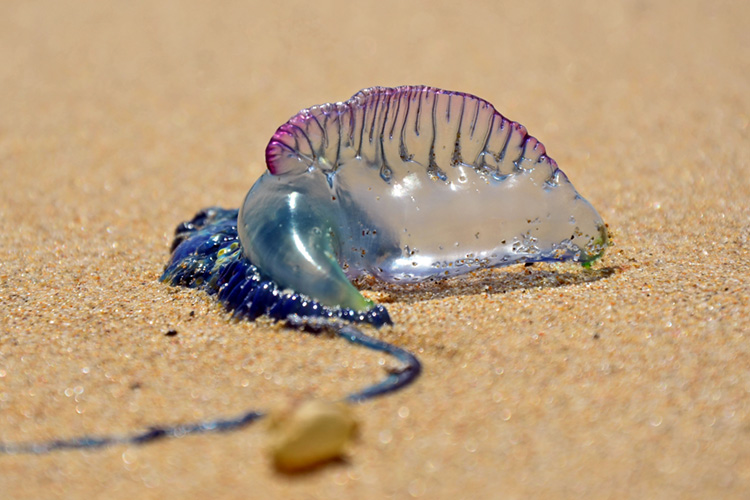
Are you swimming in shark-infested waters? Get updated information on the latest shark sightings, and never take unnecessary risks.
Also, look out for jellyfish, weever fish, Portuguese man-of-war, sea urchins, and live corals, as they may cause more or less painful and severe injuries.
Wearing sandals and protective clothing may, in some cases, drastically reduce the chances of being stung or suffering cuts and cruises.
6. Read The Weather Signs
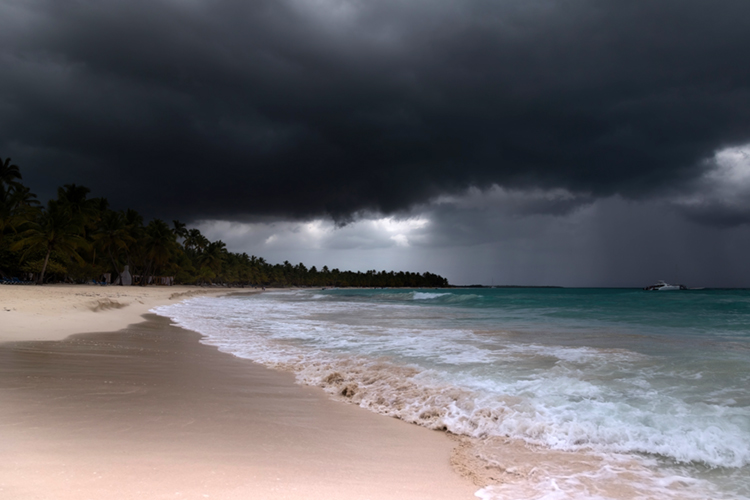
A beach is a contemplative place even when it's rainy. However, it can also turn into a dangerous site, particularly when it gets cloudy.
Pay attention to the type of clouds forming in the sky, as there might be a storm or unexpected lightning strikes in the making.
Don't fight the weather. Instead, pack your things and leave the sand strip as quickly as possible.
Beaches have unique risks and hazards you may be unaware of. Enjoy the sun and the sea safely.
Are you a surfer? Learn how you can save the life of a struggling swimmer.
